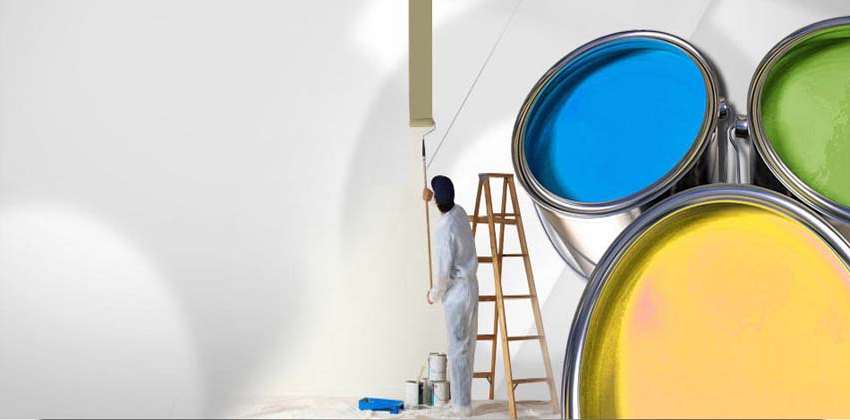
What Is Filler for Walls?
What Is Filler for Walls?
Firstly, let’s cover what exactly is filler. Wall filler is designed to repair any imperfection, cracks or holes that you want to get rid of, allowing you to have perfectly blemish free walls ready to paint. There are a number of types of wall filler, ranging from ready-mixed filler to multi-purpose filler. These are all designed to offer differing qualities so you have a long-term solution to any decorating problems, so it is hugely important to understand when to use each type of filler.
Types of filler
Some common types of filler include:

Fine surface filler
Fine surface fillers are used to cover up imperfections such as hairline cracks and scratches up to a maximum depth of 2 mm.
Interior filler
Special interior fillers can be used to fill in holes, cracks and other flaws measuring 2 mm to 1cm or even bigger if dealing with drill holes.
Multi-purpose filler
Multi-purpose or all-purpose fillers can be used for both fine cracks and larger gaps. However, they will offer less coverage than interior fillers designed for bigger cracks.
How To Mix Filler
As we have mentioned, you can buy ready mixed filler, however some types of filler do not come ready mixed, which means it’s important to know exactly how to mix filler. For this you will need a flat surface such as a large paint tub lid, and two filling knives.
Put roughly the amount you will need on the board and make a volcano shape with the filling knife, which will create a cup for the water to be poured into. Usually a filler will have a ratio of two parts filler to one part water, but check the instructions on the filler you are using. Gradually add the water to the filler, turning the mix over each time to ensure the moisture is evenly dispersed. Continue until you can make peaks with the filler.
HOW TO APPLY FILLER
1. Start by protecting the floor and furniture with protective plastic so that it is easier to clean and remove stains later.
2. Spend time removing layers of paint that are flaking or are in poor condition using a spatula.
3. It’s time to start applying the filler to cover up imperfections. If you use powdered wall filler to create a mass, wait long enough for it to achieve the right consistency, making it easier to fill gaps and spread.
4. If you have to cover a crack it is advisable to take small amounts of filler and apply it in thin layers until it is filled. It is very important to carry out this step carefully, to avoid leaving any globs which will make the filler come off once it is dry.
5. If the idea is to cover up an old studs, it is best to remove them completely, if possible, or cut off the head. If removed completely, soak a mesh filler and insert it into the hole, continuing to even out the surface.
6. Let the filler dry long enough and look over the surface finish, in case any imperfections or gaps need to be touched up.
7. Once finished and dried, it’s time to sand the wall with a fine-grained sheet of sandpaper to leave it smooth and even. After that, wipe down the dust and leave the wall clean.
8. If it is necessary to apply a primer coat to improve paint adhesion, now is the time.


Leave a Reply